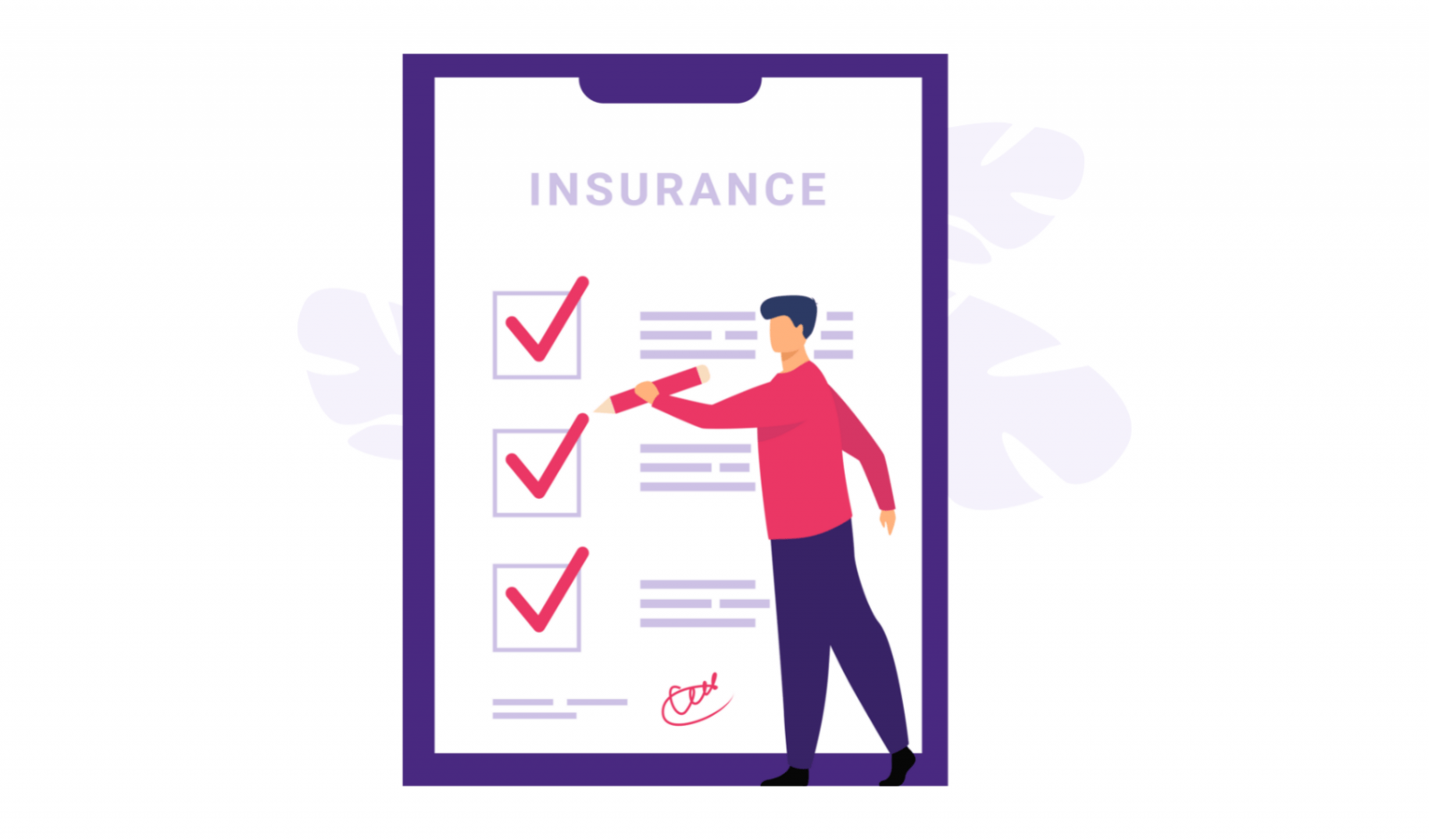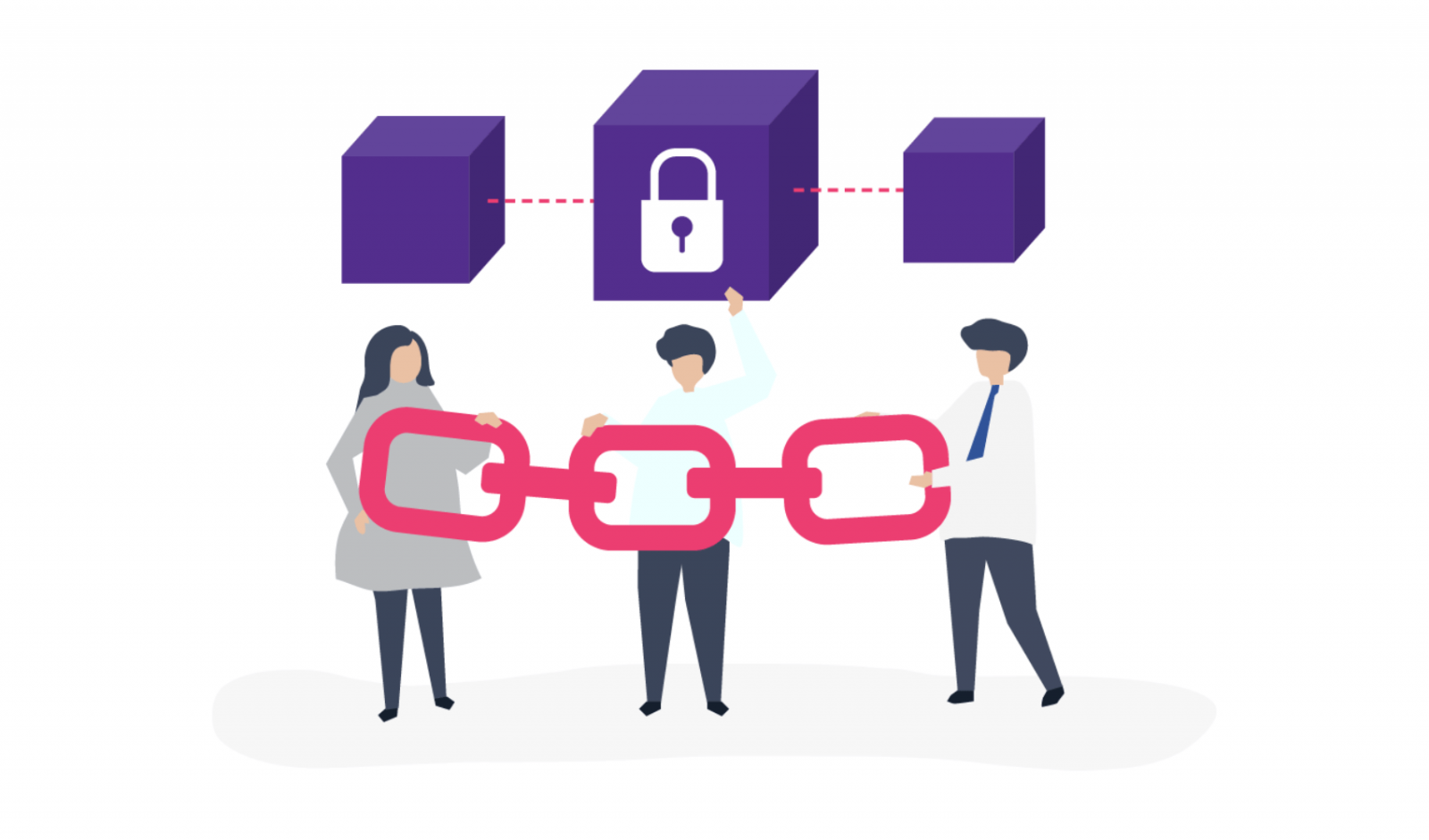Insurance firms are overturning the traditional model in order to provide innovative services to customers with better protection for less money. Meanwhile, blockchain is one of these disruptive technologies, which companies like Etherisc and B3i are using to bring transparency, efficiency, and trust to the insurance industry.
As one of the most recent trends in the insurance industry, blockchain provides numerous advantages to both consumers and insurers. While some startups use blockchain to mitigate real-world risks, others, such as Lloyd's of London, use it to safeguard crypto insurance projects.
Overall, blockchain insurance companies have the same goal: to reduce claim processing costs, improve customer experience by making information more accessible, and increase transparency among all parties involved.
In this article, VNEXT Global - one of the credible cryptocurrency insurance companies in Vietnam, looks at a few ways blockchain is being used and tested in the insurance industry.
The following are the five practical blockchain use-cases in the insurance industry:
- Detection of Fraud
- Use case for blockchain-based fraud detection: Etherisc
- IoT and Blockchain working together to structure data
- Participation in multiple risks/reinsurance
- Insurance available on demand
- Microinsurance
1. Blockchain’s detection of fraud
Every year, fraudulent claims total more than $40 billion in the United States alone, excluding health insurance. Despite digitization, traditional methods fail to detect fraud. To a large extent, blockchain can aid in the detection and prevention of fraud.
The blockchain ensures that all transactions are permanent and timestamped. That is, no one, including insurers, can change the data to prevent any kind of breach. This data can also aid in the identification of fraudulent transaction patterns, which insurers can use in their fraud prevention algorithms.
2. Use case for blockchain-based fraud detection: Etherisc
Etherisc, which is powered by smart contracts, independently verifies claims by utilizing multiple data sources. For crop insurance claims, for example, it compares satellite images, weather reports, and drone images to the image provided by the claimant.

3. IoT and blockchain working together to structure data
As IoT connects more devices, the amount of data generated by each device will increase significantly. For instance, 26.66 billion active IoT devices were recognized, with nearly 127 IoT devices connecting to the internet every second.
This information is extremely useful for insurers in developing accurate actuarial models and usage-based insurance models. In the auto insurance industry, data on driving time, distances, acceleration, breaking patterns, and other behavioral statistics can be used to identify high-risk drivers.
But the question is how to manage the massive amounts of data generated by millions of devices communicating every second.
And the solution is a blockchain!
It enables users (insurers) to manage large and complex peer-to-peer networks. Instead of costly data centers, blockchain insurance provides a decentralized platform for data storage and processing.
4. Blockchain’s participation in multiple risks/ Reinsurance
Insurance for insurers is referred to as reinsurance. It safeguards insurers against large volumes of claims.
The current reinsurance system is highly inefficient due to information silos and lengthy processes. Reinsurers can benefit from blockchain in two ways. One is the preservation of unaltered records for accurate claims analysis, and the other is the acceleration of the process through automated data/information sharing. According to PwC, blockchain could save the reinsurance industry up to $10 billion by improving operational efficiency.
For example, in 2017, B3i (a blockchain research consortium) launched a smart contract management system for Property Cat XOL contracts. It is a type of catastrophe insurance reinsurance.

5. Blockchain’s insurance available on demand
On-demand insurance is a flexible insurance model in which policyholders can turn their insurance policies on and off with a single click. The more interactions with policy documents there are, the more difficult it is to manage the records.
On-demand insurance, for example, necessitates far more underwriting, policy documents, buyer records, costing, risk, claims, and so on than traditional insurance policies.
However, thanks to blockchain technology in insurance, keeping ledgers (records) has become much easier. On-demand insurance providers can use blockchain to keep accurate records from the policy's inception to its termination. Ryskex, a German InsurTech founded in 2018, is an intriguing blockchain insurance company’s use case. It offers a blockchain-powered insurance platform to B2B insurers in order to transfer risks more quickly and transparently.
6. Blockchain microinsurance
Instead of an all-encompassing insurance policy, microinsurance provides protection against specific perils in exchange for regular premium payments that are significantly lower than regular insurance premiums. Microinsurance policies only make money when they are distributed in large quantities. However, despite their immediate benefits, microinsurance policies fail to gain traction due to low profit margins and high distribution costs.
Blockchain technology in insurance has the potential to provide a parametric insurance platform. As a result, insurers will require fewer local agents, and "oracles" will be able to replace adjusters on the ground. Surity.ai, for example, uses blockchain to provide microinsurance to the Asian population, particularly those who do not have access to the services of banks or other financial institutions.

Final thoughts
While blockchain technology in insurance is still in its early stages, there are a number of intriguing use-cases and applications for it in the insurance sector. Both large insurance companies like Allianz and Swiss Re, as well as small blockchain businesses, are leveraging solutions.
Despite the widespread interest in blockchain insurance, there is still a long way to go before it can fulfill its full potential in the insurance sector.
From an industry standpoint, VNEXT Global, a reputable blockchains firm in Vietnam, advises insurance companies to align around blockchain technology in insurance standards and processes. While blockchain technology can give better tools for insurers to collaborate and share data, insurers must be ready to collaborate with one another.
Author: Chi Vo - Content Marketing Executives
If you are looking for a trusted IT partner, VNEXT Global is the ideal choice. With 14+ years of experience, we surely can help you to optimize your business digitalization within a small budget and short time. Currently, we have 400+ IT consultants and developers in Mobile App, Web App, System, Blockchain Development and Testing Services. We have provided solutions to 600+ projects in several industries for clients worldwide. We are willing to become a companion on your way to success. Please tell us when is convenient for you to have an online meeting to discuss this further. Have a nice day!












